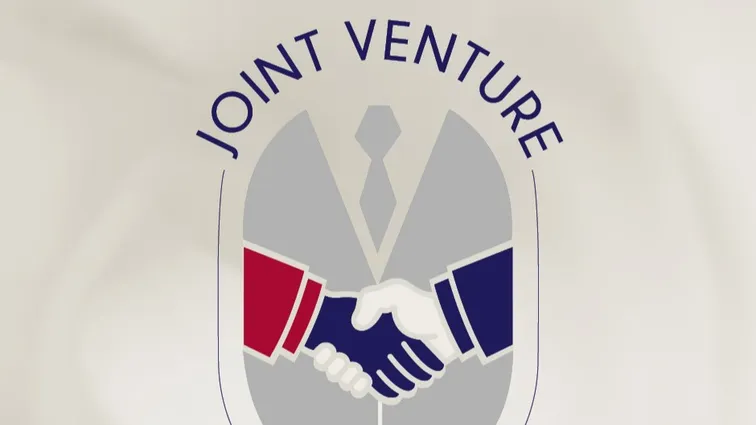How can a member’s or shareholder’s participation in a company cease? What does the termination of participation entail? What rules should be set for termination?
Introduction: Why is the termination of a member’s or shareholder’s participation an important topic?
The termination of a member’s or shareholder’s participation is a significant event in the life cycle of any company. It may arise from a variety of circumstances, such as personal or professional changes affecting the shareholder, or financial and legal reasons. This process has a profound impact on the company’s ownership structure, its day-to-day functioning, and its long-term strategy. Clearly defined rules governing the termination of participation and the settlement of ownership interests are essential to maintaining stability and trust among the remaining members or shareholders.
Examples of how a member’s or shareholder’s participation may be terminated
1. Voluntary withdrawal of a member or a shareholder
A member may decide to end their participation in the company for personal, financial, or professional reasons. This type of exit is usually planned, allowing both the company and the member to prepare for the change and to determine the amount of the settlement share.
2. Transfer of shares or ownership interest to another person
A member or a shareholder may transfer their ownership interest or shares to another existing member or shareholder, or to a third party, such as a new investor.
This process often involves the pre-emptive rights of the other members or shareholders, as well as internal approval procedures.
3. Expulsion of a member from the company
A company may expel a member for a particularly serious breach of their obligations.
This process can be contentious and often requires court involvement.
The expulsion of a shareholder is more limited, but may occur, for example, where a shareholder is in delay with payment of the issue price of their shares.
4. Death of a member or a shareholder
A member’s or shareholder’s participation in the company ceases upon their death. The subsequent succession proceedings determine how the ownership interest or shares are transferred to heirs or other persons.
The company’s memorandum of association may include provisions governing the inheritance of ownership interests or may restrict or even prohibit such inheritance. However, unlike in a limited liability company, such restrictions are not permissible in a joint-stock company.
5. Dissolution of the company
If the company ceases to exist, the participation of all members or shareholders ends. The dissolution process includes the liquidation of the company’s assets and liabilities and the distribution of the liquidation balance – typically among the members or shareholders.
Legal aspects of termination of participation
1. Provisions in the founding document and shareholder agreement
Key provisions governing the procedure for terminating participation should be set out in the company’s founding documents.
These may include, for example, rules for valuing ownership interests or shares, and mechanisms for the payment of settlement shares.
2. Legal requirements
Czech law lays down general conditions under which the participation of members or shareholders may be terminated. These include, for instance, requirements for the approval of share transfers, the protection of creditors, and the procedures for company dissolution and liquidation.
3. Legal proceedings
If the termination of participation becomes contentious, it may be necessary to seek resolution through the courts. This may involve, for example, actions for the exclusion of a member or disputes concerning the valuation of an ownership interest.
Economic implications of the termination of a member’s or shareholder’s participation
1. Valuation of shares or ownership interests
An exiting member is entitled to receive a settlement share corresponding to the value of their participation in the company.
A fair and accurate determination of this value is essential for a proper settlement between the exiting member and the company. The valuation may be carried out in accordance with the methods prescribed by law or based on mechanisms set out in the company’s founding documents.
Payment of the settlement share may be made either in a lump sum or in instalments, depending on the company’s financial position and the agreed terms.
Unrealistic valuation methods or inappropriate payment terms may lead to disputes or even financial instability within the company. In some cases, it may be necessary to reorganise the company or seek a new investor.
Practical examples
1. Planned exit of a member
In a medium-sized family business, one of the brothers decided to end his participation and transfer his ownership interest to another family member. With clearly defined rules in the shareholder agreement, the process was completed smoothly and without conflict.
2. Exclusion of a member
A member who had seriously breached his obligations was expelled from a technology company. Although the process involved legal disputes, a well-drafted shareholder agreement helped to minimise the negative impact on the company’s operations.
3. Death of a member
A small trading company faced the death of one of its members. Given that the shareholder agreement included a pre-agreed clause excluding the inheritance of ownership interests, the process was quick and transparent.
Recommendations for the termination of a member’s or shareholder’s participation
1. Predefined rules
The company’s founding document and shareholder agreement should contain clear provisions governing the procedure for terminating participation.
2. Regular updates to documents
The founding documents and the shareholder agreement should be updated regularly to reflect any changes in the company’s structure, ownership, or applicable legislation.
3. Transparent communication
Open and transparent communication between members or shareholders helps to minimise the risk of conflict and fosters mutual trust.
4. Involvement of experts
The participation of lawyers, auditors, and other professionals can help to ensure that the termination process is fair, efficient, and compliant with the law.
Conclusion
The termination of a member’s or shareholder’s participation is a major event that can have significant legal, economic, and organisational implications for a company. Clearly defined rules and a professional, well-prepared approach to this process are essential for maintaining stability and trust among members or shareholders.
At HAVEL & PARTNERS, we have extensive experience advising clients on all matters related to the termination of participation by members and shareholders. We will be happy to assist you in setting up rules and mechanisms that protect the interests of all parties involved and ensure that such changes proceed smoothly.









